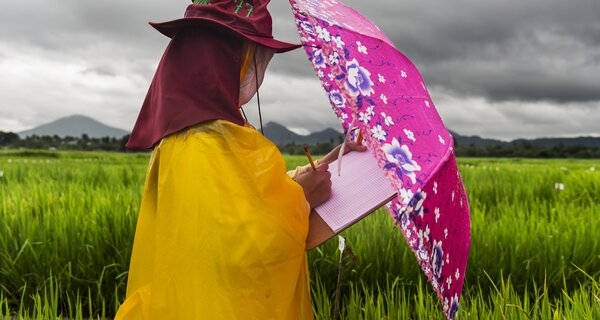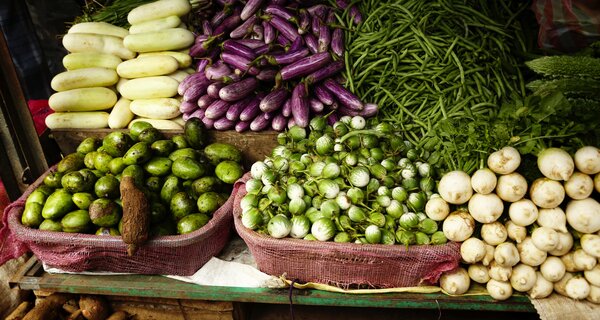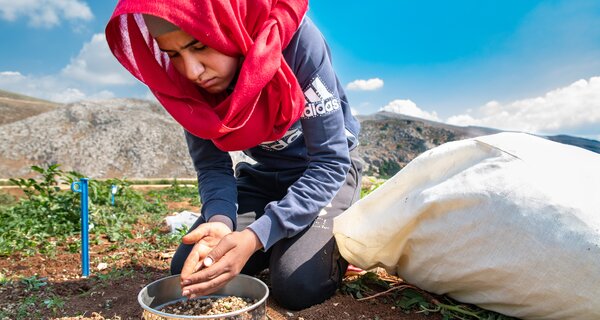A Small Cost With a Big Benefit: Supporting Genebanks in Need
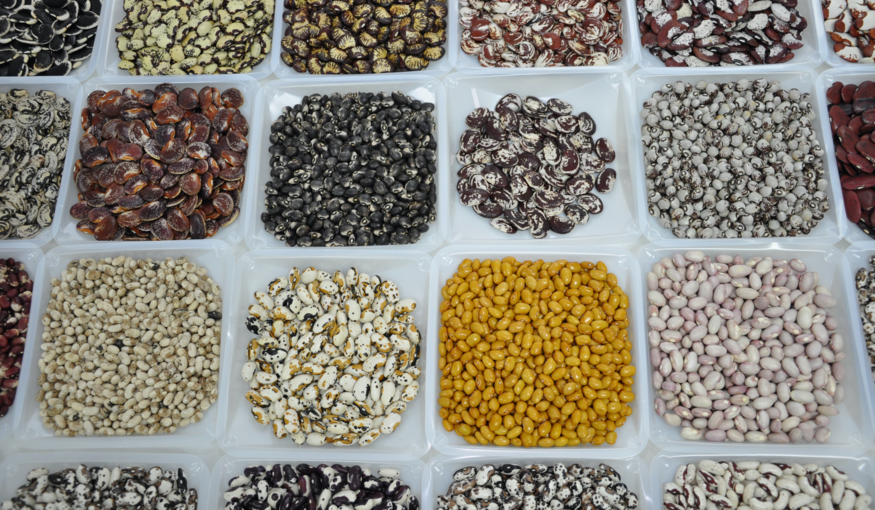 Seeds of sorghum, millet, corn, wheat, barley and beans are some of the key crops being conserved in the Yemen national genebank. (Photo: Cary Fowler/ Crop Trust)
Seeds of sorghum, millet, corn, wheat, barley and beans are some of the key crops being conserved in the Yemen national genebank. (Photo: Cary Fowler/ Crop Trust)9 December 2022
We live in challenging times. Much of the world is beset by armed conflict, inequalities, biodiversity loss and climate disasters. Yet, these are also times of remarkable progress and innovation, with technology and science offering many opportunities.
Genebanks are one such opportunity, allowing us to conserve invaluable crop diversity essential to the world’s food and nutrition security. They have never been more valuable than now, amidst multi-faceted crises when many countries struggle to protect the seeds of their peoples’ well-being – now and in future.
And this is where we can help.
The Emergency Reserve for Genebanks established by the International Treaty on Plant Genetic Resources for Food and Agriculture – of which I am Secretary – and the Crop Trust provides a rapid-response funding mechanism in case of imminent threats to genebanks and their collections of crop diversity.
The first recipient, the National Genetic Resources Center (NGRC) in conflict-ravaged Yemen, now has a new set of specialized batteries, essential to secure genebank operations in the face of Yemen’s frequent electricity cuts and erratic power supplies. Without this support, the unique crop diversity – 6,500 seed samples of more than 40 crop species – stored in Yemen’s NGRC would be threatened – or most likely, lost forever – with direct adverse consequences for future food security. And yet those batteries didn’t really cost very much, in the broader scheme of things.
I was very pleased to announce this support to our partner genebank in Yemen at the recent Crop Trust-hosted session Food Forever: Climate-proofing Our Food for Future Generations during the Global Landscape Forum (GLF) Climate 2022 held on 11 November 2022 alongside COP27, the United Nations climate conference in Sharm el-Sheikh, Egypt.
In fact, it was at another GLF Climate event, It Starts With A Seed: Adapting Agriculture to Climate Change, held alongside COP26 in 2021, that we formally launched the Emergency Reserve. We did so mindful of predictions of deteriorating conditions for genebanks around the world that have unfortunately proven to be correct, with Yemen as a case in point.
Let us remember: food security starts with the seed. Seeds are the foundation of the world’s food supply, and genebanks protect the diversity of seeds, and make it widely and easily available to make that foundation deeper and stronger.
The Emergency Reserve offers financial and technical assistance for genebanks under imminent threat. Currently funded by the Governments of Italy, Norway and the United States, it can be used to repair equipment, procure supplies, evacuate collections or duplicate materials. It’s the first facility to offer help to prevent catastrophic loss of collections in low- and middle-income countries where no alternative financial support is available.
In Yemen’s long-running conflict, so many lives, livelihoods, homes, farms and food supplies have been destroyed. Given such devastation, it might seem to some that protecting crop diversity should be a low priority. But when we consider what are truly the basic necessities for human life, a consistent and assured supply of nutritious food must surely top the list.
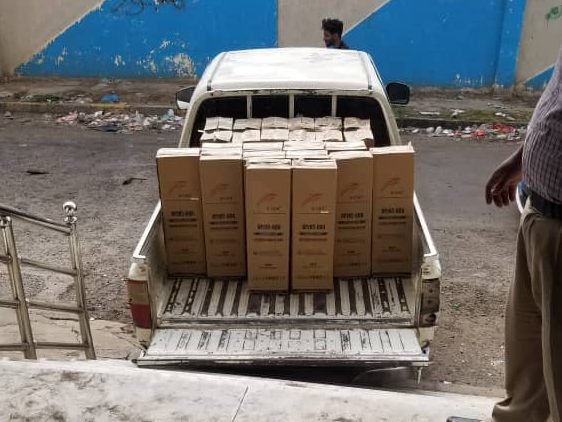
Yemen National Genebank receives supplies through the Emergency Support Grant. (Photo: Supplied)
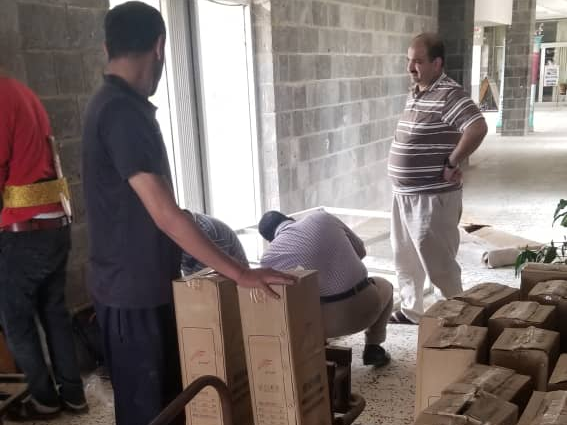
Yemen National Genebank receives supplies through the Emergency Support Grant. (Photo: Supplied)
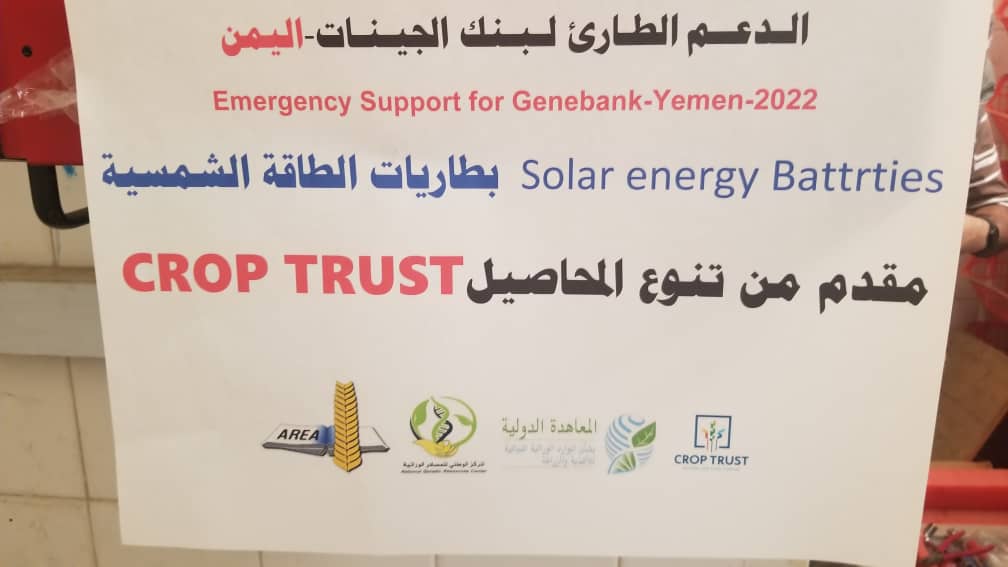
Yemen National Genebank receives solar panels through the Emergency Support Grant. (Photo: Supplied)
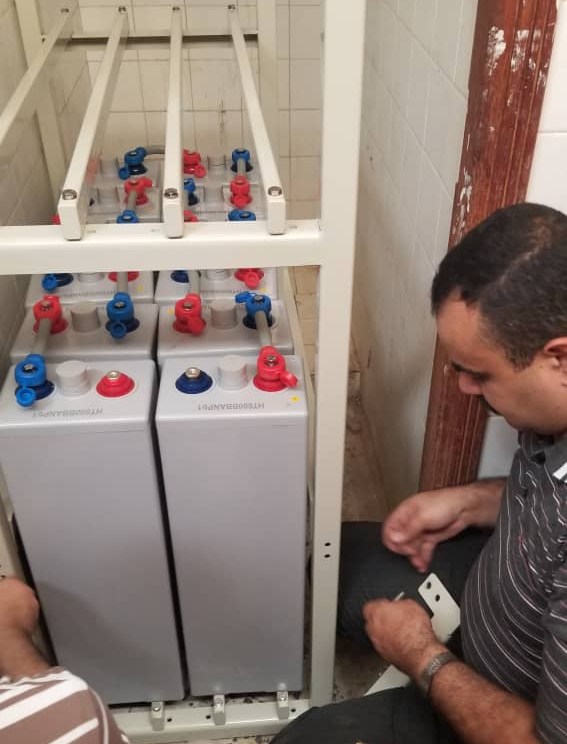
Yemen National Genebank receives supplies through the Emergency Support Grant. (Photo: Supplied)
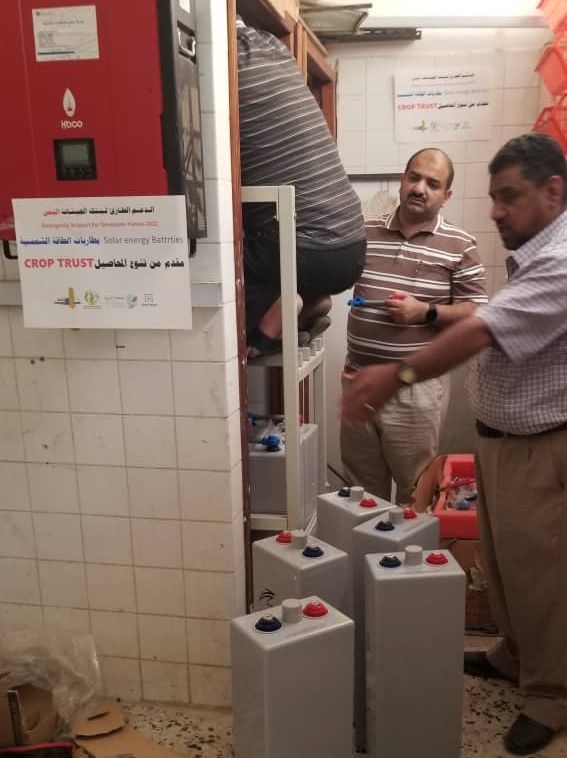
Yemen National Genebank receives supplies through the Emergency Support Grant. (Photo: Supplied)
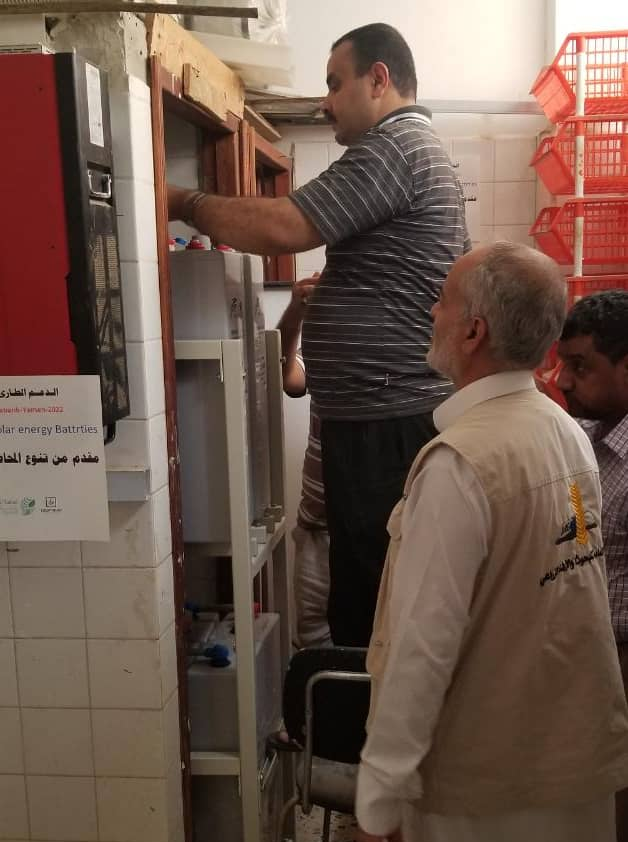
Yemen National Genebank receives supplies through the Emergency Support Grant. (Photo: Supplied)
That is exactly what genebanks offer. They conserve the diversity of crops and make it available to farmers, researchers and breeders, supporting food systems to adapt to new and emerging challenges, as well as ensuring this diversity can remain available in future. Such a safety net, or “insurance policy,” is essential in the face of political crises, climate change, pest and disease outbreaks and other natural and man-made disasters.
The Emergency Reserve is a natural fit for the Crop Trust, dedicated to conserving crop diversity in genebanks and making it available for use globally. A significant part of the initial capitalization of the Emergency Reserve was made possible through financial support provided through the Crop Trust’s Biodiversity for Opportunities, Livelihoods and Development (BOLD) Project.
Similarly, the Emergency Reserve reflects the central objectives of the International Plant Treaty, which came into force in 2004 to support the conservation and sustainable use of plant genetic resources for food and agriculture (PGRFA) and the fair and equitable sharing of the benefits. Based in the Food and Agriculture Organization of the United Nations (FAO), the International Plant Treaty currently has 149 Contracting Parties and has the world’s largest global exchange mechanism for PGRFA, facilitating the worldwide movement of PGRFA at an average of more than 1,000 transfers each and every day.
Crop diversity – the variety of plants used in agriculture – is the basis for future food and nutrition security. It gives us the tools to adapt agriculture to the climate crisis, improve livelihoods and feed everyone adequately. When we lose it, it is gone forever, and it becomes harder to develop new crops and food systems that can withstand or adapt to climate change and feed a growing world population.
Yes, food security starts with the seed. We need to protect seed diversity, for the well-being of all. The Emergency Reserve is dedicated to achieving just that, today and in the future.
Kent Nnadozie is the Secretary of the International Treaty on Plant Genetic Resources for Food and Agriculture.
The opinions expressed here are those of the author(s) and do not necessarily reflect the opinions or views of the Crop Trust. The Crop Trust is committed to publishing a diversity of opinions on crop diversity conservation and use.
We'd like to hear from you about this or any of our other articles. Reach out to us with news tips or your thoughts at editor@croptrust.org.
Category: BOLD


